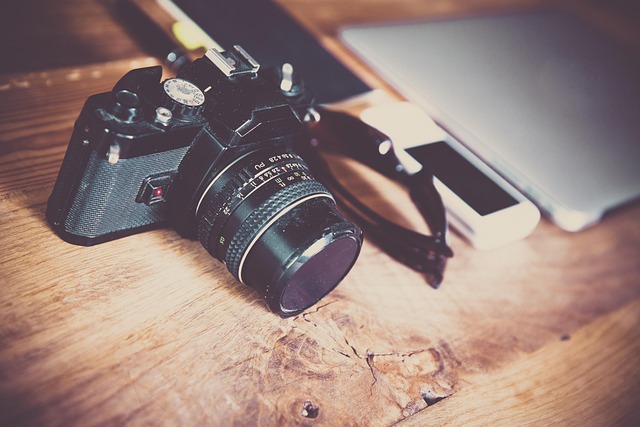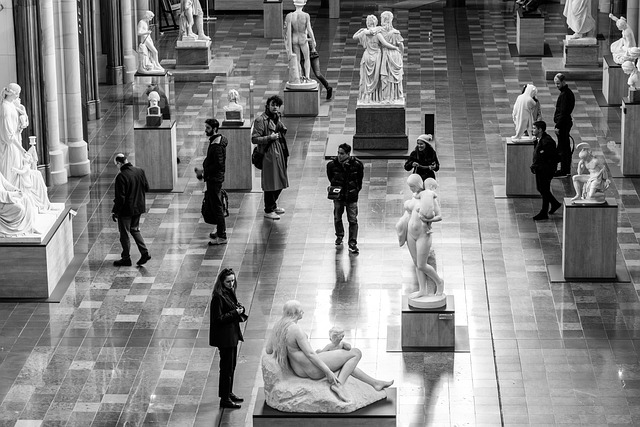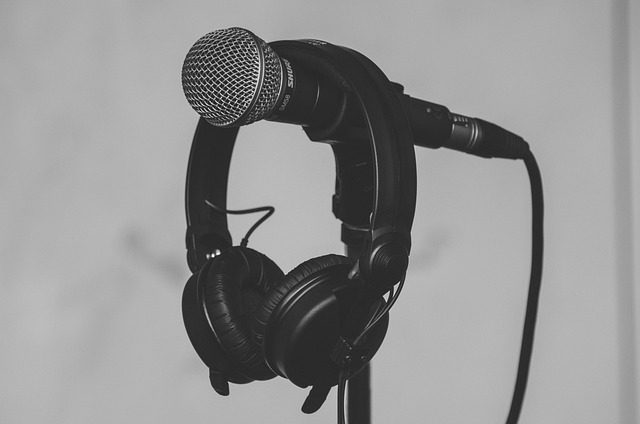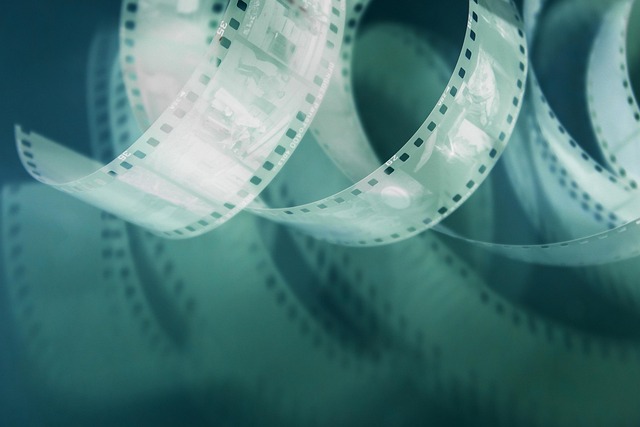
Capturing the Beat: Camera Movement in the Music Industry
The vibrant world of the entertainment industry, particularly the music sector, is alive with energy and rhythm. One of the most compelling ways to depict this dynamic atmosphere is through the art of camera movement. Imagine standing at a concert, surrounded by the pulsating beats of your favorite band. The lights flash, the crowd sways, and the energy is infectious. The movement of the camera in these moments not only captures the action but also translates the musical experience into a visual symphony.
At major festivals, where thousands gather to celebrate their love for music, camera movement becomes a vital storytelling tool. Each pan and tilt of the camera immerses the viewer in the atmosphere, allowing them to feel the unity among fans and the intensity of the performances. For filmmakers in the music industry, using strategic camera movements can mean the difference between a mundane performance recording and a captivating cinematic experience that transports the audience straight into the heart of the event.
In cinema, the influence of music is often enhanced through thoughtful camera movement. Take, for example, a well-choreographed musical number in a film. The camera glides and sweeps, following the performers’ dynamic movements while accentuating the rhythm of the music. This synergy creates an almost hypnotic effect, pulling viewers into the narrative and enhancing their emotional engagement. The choreography of the camera enhances not just visuals but also conveys the pulse of the soundtrack, making the viewing experience unforgettable.
Moreover, in music videos, directors often exploit various types of camera movements to complement the song’s tempo and message. A swift, jerky movement might amplify the song’s intensity, while smooth glides can evoke feelings of nostalgia or serenity. By manipulating the camera’s movement, directors can articulate the essence of the music, drawing viewers into a deeper connection with both the visuals and the sonic landscape.
The interplay of camera movement and music also extends to live performances. Many artists now recognize the impact of well-placed cameras that not only capture their performances but also dynamically interact with the audience. As the camera moves over the crowd, we feel the shared experience of the concert, bridging the gap between performer and fan. The viewer is no longer a distant observer but an integral part of the performance, experiencing the energy and excitement firsthand.
In summary, the art of camera movement within the music industry is an essential element that shapes our perception of concerts, festivals, and cinema alike. It acts as a bridge, connecting sound and visuals in a way that resonates deeply with audiences. With every frame lovingly crafted, filmmakers and artists remind us that music is not just meant to be heard; it’s meant to be seen, felt, and cherished, capturing the very essence of the moment. Whether it’s the thrill of a live performance or the intimate closeness of a cinematic representation, camera movement plays a pivotal role in how we experience music in its many forms.


